|
I'm thinking the guy that got to try this out for the
first time had to wonder if it would fly or take a nose dive right back
into the ground. But I'm sure the people that helped hold it while the pilot took his
chances were glad to be running along side of it instead of being in the
hot seat.
|
|
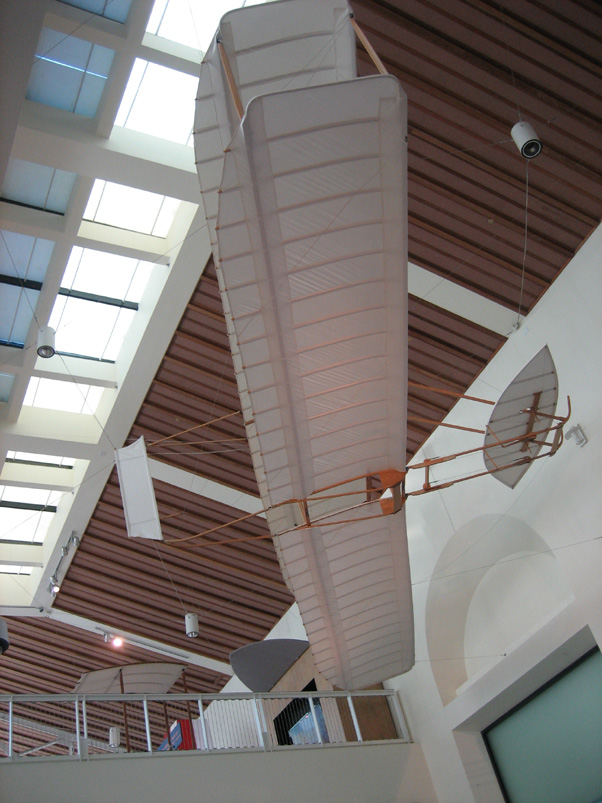 |
|
When I saw this satellite all I could say was WOW,
because it's huge. This is a replica of the Cassini Huygens spacecraft
that was used to explorer Saturn and it's moons.
|
|
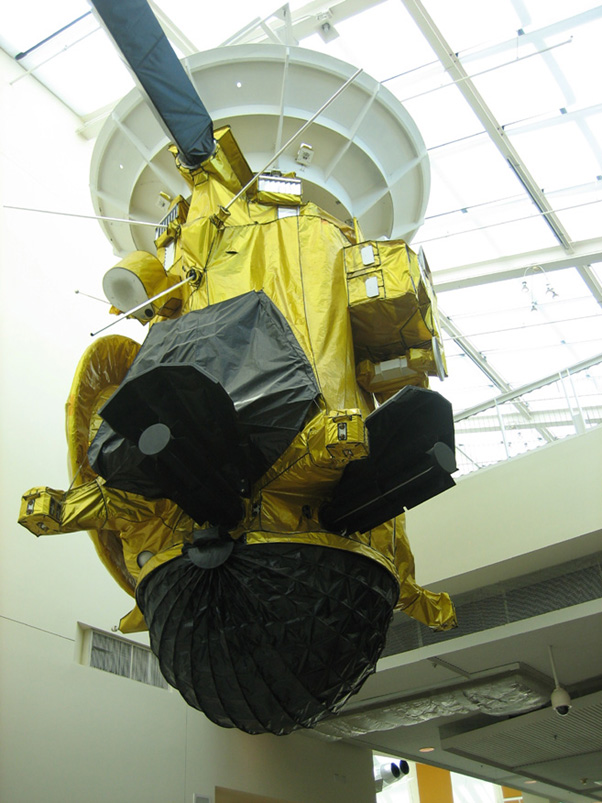 |
It's the largest planetary probe ever built by NASA and was a big
success. You can also see how big it is with the people below it for
reference.
|
|
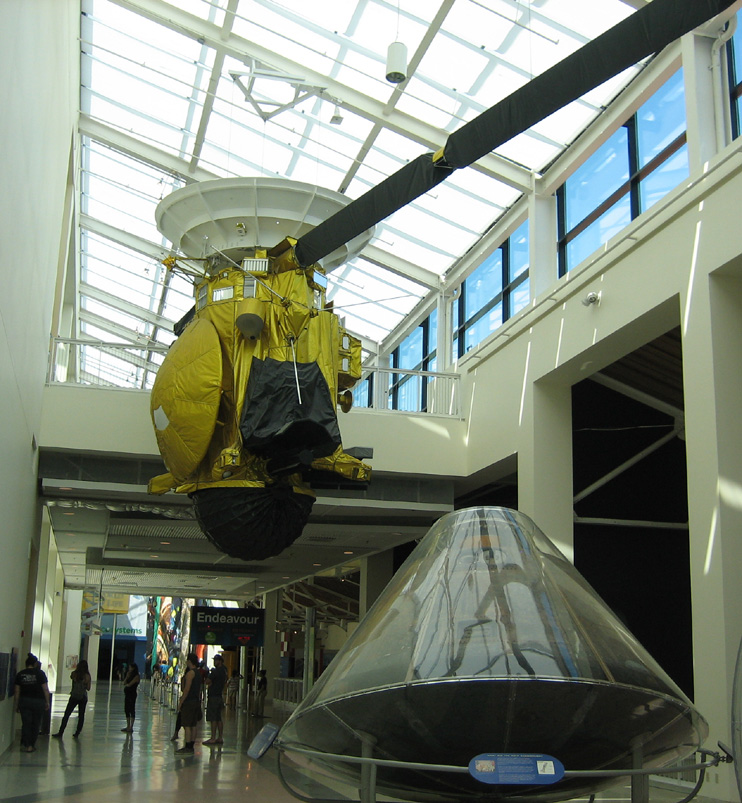 |
Click for a larger image.
|
|
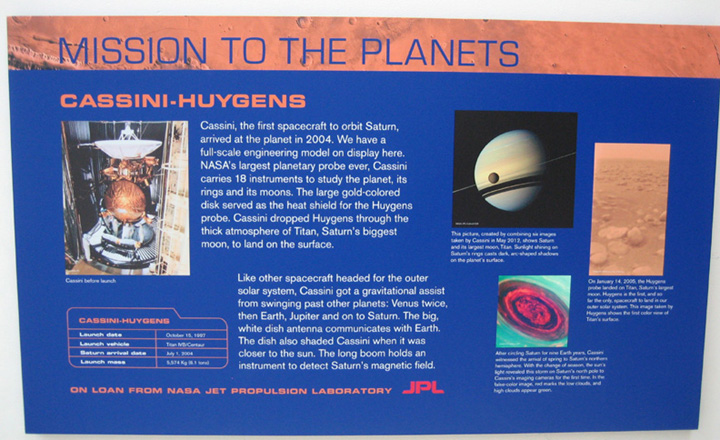 |
More random satellites.
|
|
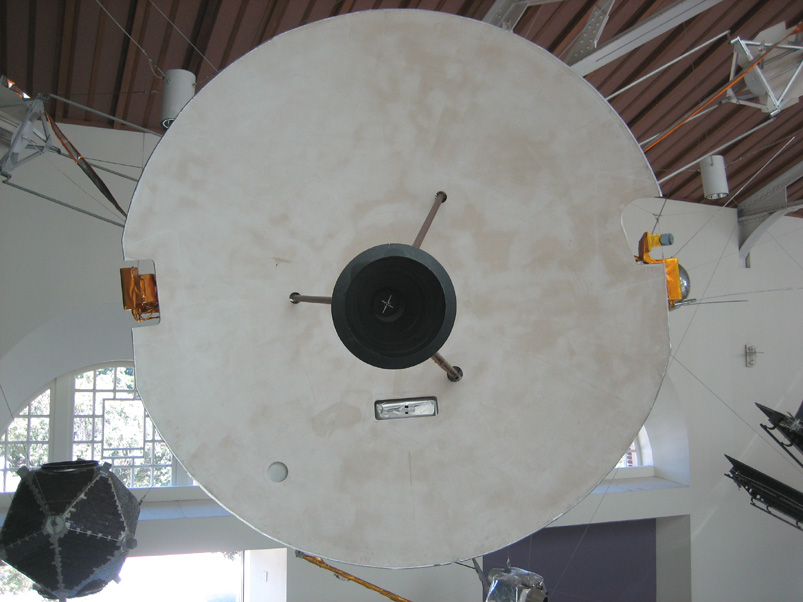 |
What a big ceiling fan :-]
|
|
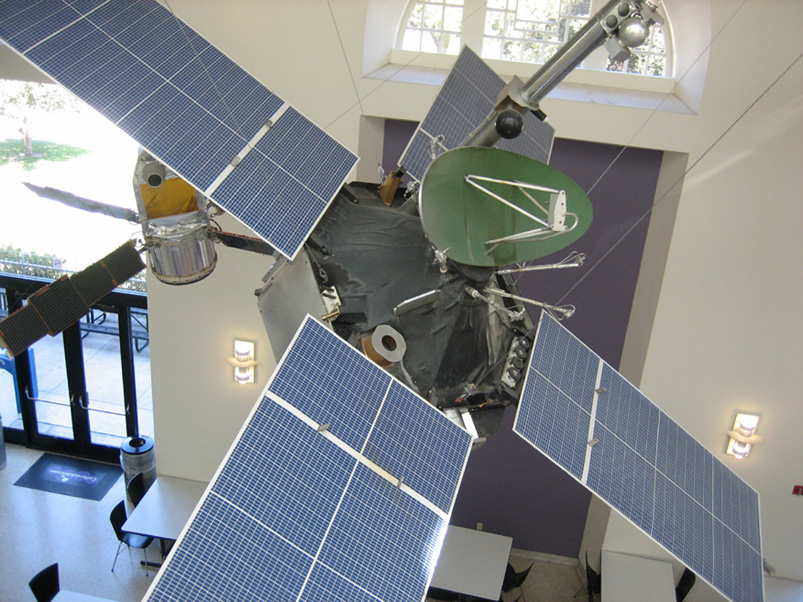 |
|
This is the Mercury spacecraft which was the first human
spaceflight program of the United States led by its newly created space
agency called NASA. The Mercury program ran from 1959 through 1963 with
the goal of putting a human in orbit around the Earth, and doing it
before the Soviet Union as part of the early space race. It involved 7
astronauts flying a total of 6 solo trips. On May 5th. 1961, Alan Shepard
became the first American in space but not the first human as the Soviet
Union has that claim.
The name 'Mercury' comes from a Roman God and along with
the manned missions, Mercury had a total of 20 unmanned launches as a
part of the development of the project. This also involved test animals,
most famously the chimpanzees Ham and Enos.
|
|
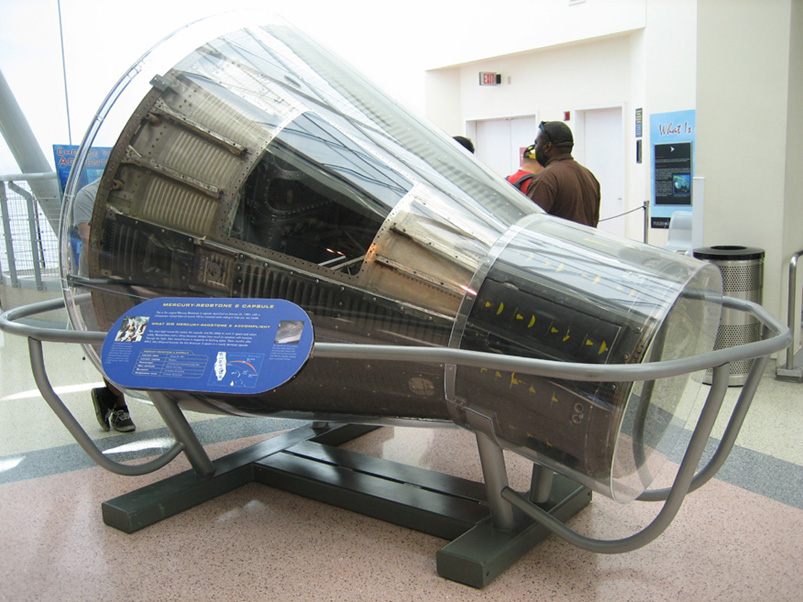 |
Click for a larger image.
|
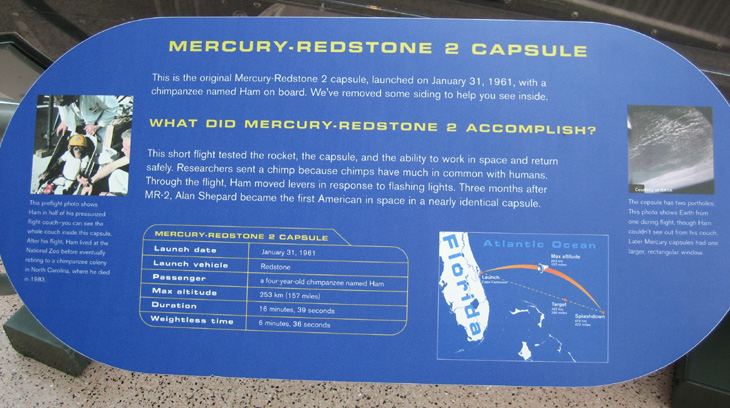
|
When the project ended in May 1963, the Americans' NASA program was
still behind the Soviet Space Program, but the gap was getting closer
and the race to the Moon began.
|
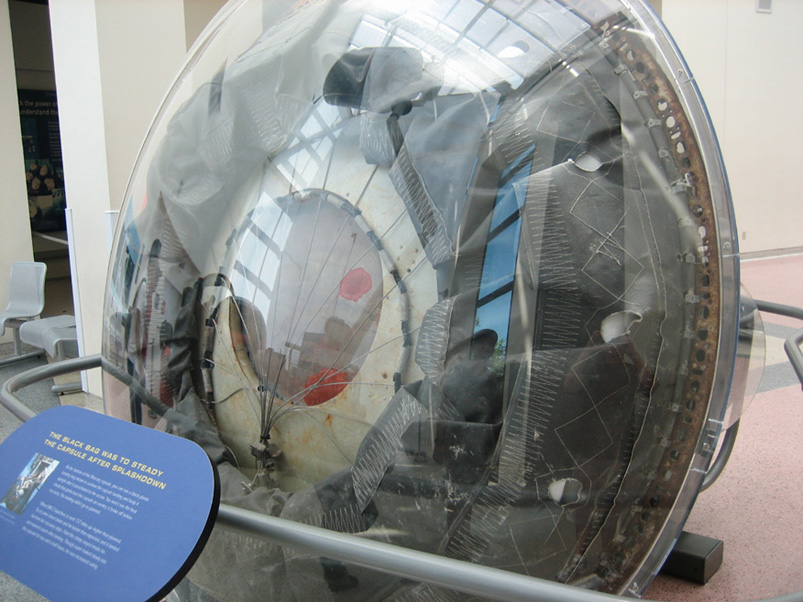
|
Click for a larger image.
|
|
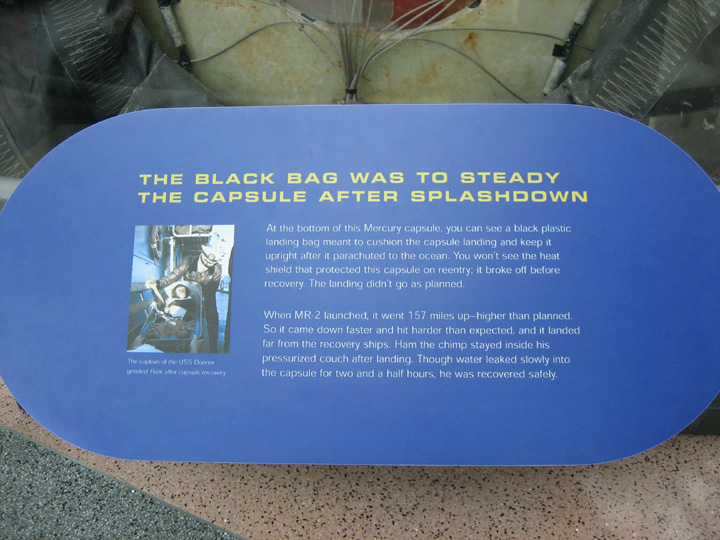 |
|
1
2
3
4
5
6
7
8
9
10
11
12 |